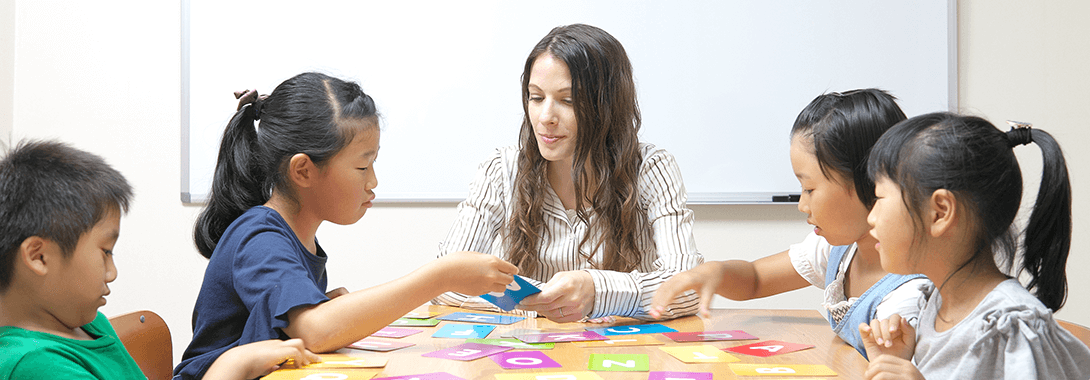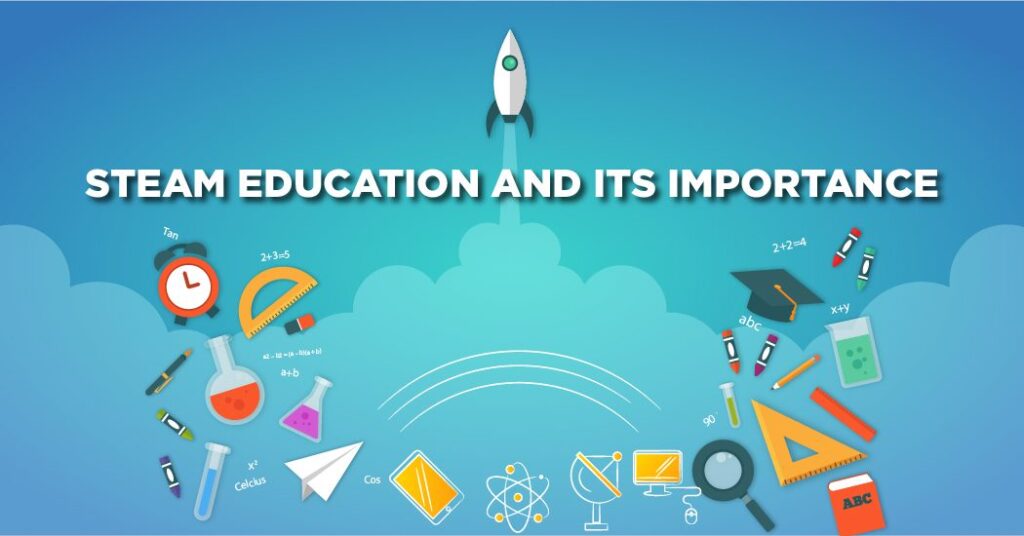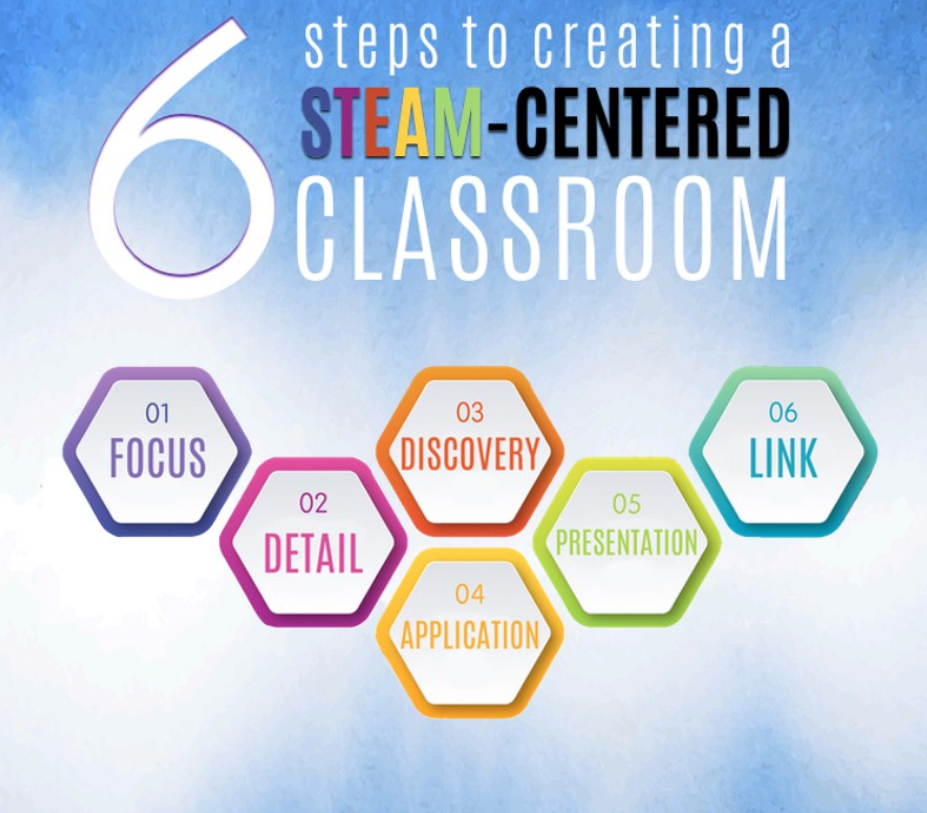Notice
News & Topics

What do you know exactly about STEAM education?

Using STEAM education results in students who take thoughtful risks, engage in experiential learning, persist in problem-solving, embrace These are the innovators, educators, leaders, and learners of the 21st century! article will help you understand the keys to a meaningful STEAM effort.
The STEAM Process
There are actually 6 steps to creating a STEAM-Centered classroom, no matter what area you teach. In each step, you're working through both the content and the art standards to address a central problem or essential question.

Focus
In this step, we're selecting an essential question to answer or problem to solve. It's important to have a clear focus on both this question or problem relates to the STEAM and the Arts content areas you've chosen.
2.Detail
During the detail phase, you're looking for the elements that are contributing to the problem or question. When you're observing the correlations to other areas or why the problem exists, you begin to unearth a lot of key background information, skills or processes that When you're observing the correlations to other areas or why the problem exists, you begin to unearth a lot of key background information, skills or processes that students already have to address the question.
Discovery
Discovery is all about active research and intentional teaching.In this step, students are researching current solutions, as well as what ISN In this step, students are researching current solutions, as well as what ISN't working based on the solutions that already exist.As a teacher, you can use this stage to both analyze the gaps your students may have in a As a teacher, you can use this stage to analyze both the gaps your students may have in a skill or process and to teach those skills or processes explicitly.
4. application
After students have dived deep into a problem or question and have analyzed current solutions as well as what still needs addressing, they can begin to create their own solution or composition to the problem. After students have dived deep into a problem or question and have analyzed current solutions as well as what still needs addressing, they can begin to create their own solution or composition to the problem. This is where they use the skills, processes, and knowledge that were taught in the discovery stage and put them to work.
5. presentation
Once students have created their solution or composition, it's time to share it.It's important that the work is presented for It's important that the work is presented for feedback and as a way for expression based on a student's own perspective surrounding the question or problem at hand. This is also an important opportunity to facilitate feedback and help students learn how to give and receive input.
6. link
This step is what closes the loop.Students have a chance to reflect on the feedback that was shared and on their own process and skills.Based on that Based on that reflection, students are able to revise their work as needed and to produce an even better solution.
Reference Article: https://educationcloset.com/what-is-steam-education-in-k-12-schools/#steammodel




